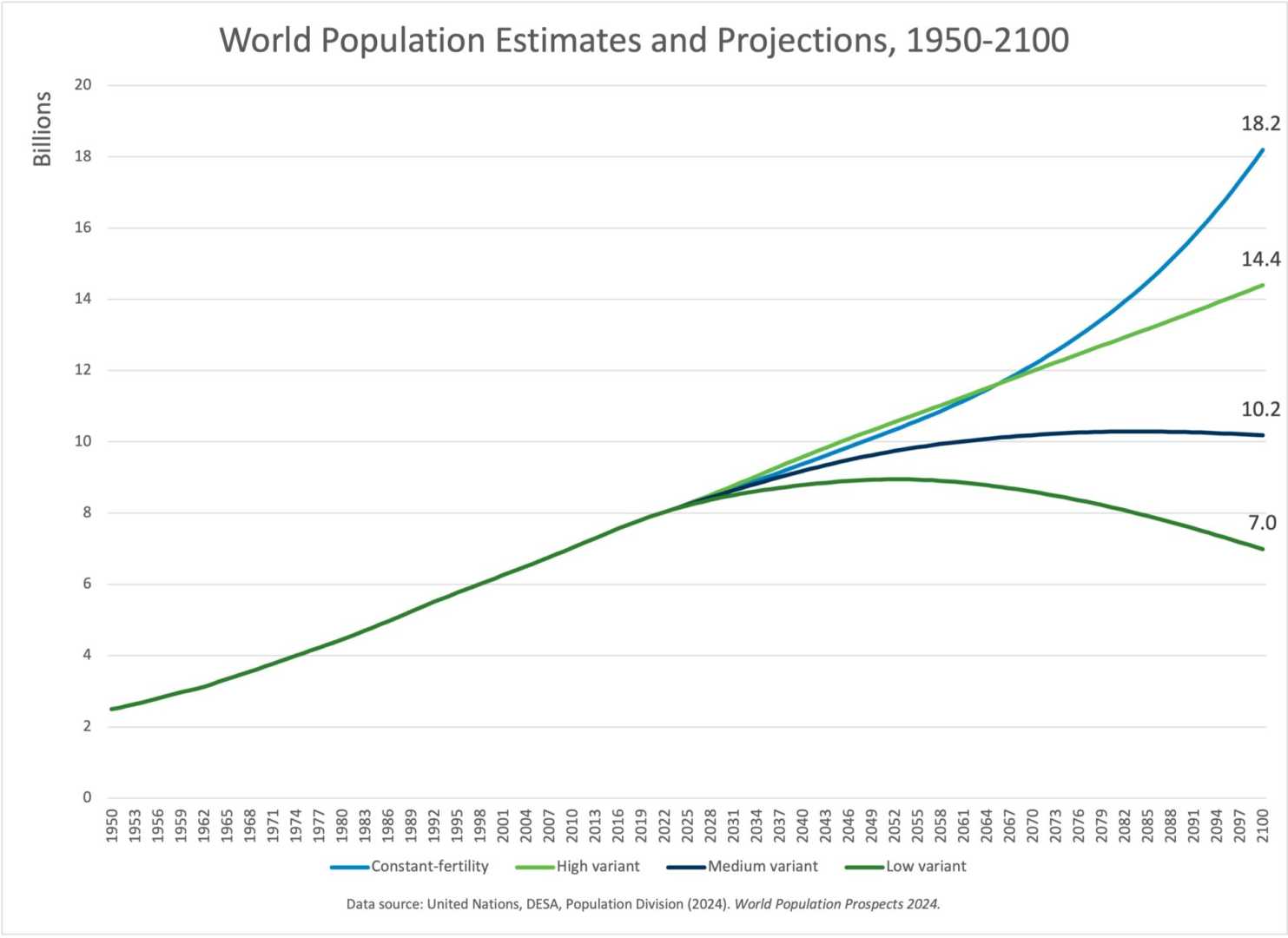World
Global Population Hits 8.23 Billion: What It Means for Our Future

UNITED NATIONS, New York – In 2025, the world’s population reaches approximately 8.23 billion, marking significant growth since passing 8 billion in November 2022. With an annual growth rate of 0.84%, humanity adds around 70 million people each year. This expansion is largely driven by advances in healthcare and varied fertility patterns across different regions.
Throughout history, the global population has experienced remarkable shifts, evolving from around 5 million in 8000 B.C. to 1 billion by 1800. The Industrial Revolution catalyzed rapid increases, leading to 6 billion by the end of the 20th century. Improved sanitation, medical advancements, and enhanced food production contributed to this surge, yet the global fertility rate has halved from 1960 to 2.3 births per woman today.
Asia remains the most populous continent, housing approximately 4.83 billion people, with Southern Asia alone accounting for 2.08 billion. India, at 1.46 billion, has surpassed China‘s 1.41 billion to become the world’s most populous nation. Meanwhile, Africa’s population has reached 1.55 billion, primarily driven by high fertility rates in sub-Saharan regions, where projections indicate the population may double by 2050.
The United Nations forecasts that the global population will reach 9 billion by 2037 and 10 billion by 2060, peaking at 10.3 billion in 2084 before a slight decline to 10.2 billion by 2100. Most of this growth will come from eight countries, including India, Nigeria, and Pakistan.
While sub-Saharan Africa’s youthful demographic, with a median age of 19, contrasts starkly with Europe’s aging population (median age 42), both regions face distinct challenges. Rapid population increases in low-income countries place immense pressure on resources, complicating efforts to meet the United Nations’ Sustainable Development Goals.
Urbanization trends are also noteworthy, as projections indicate that by 2050, 66% of people will live in cities. Climate change and economic instability further complicate these dynamics, influencing individual decisions on family size. Countries like Japan and parts of East Asia grapple with declining populations, pushing for automation solutions to sustain their economies.
As the global population approaches its projected peak, sustainable development, equitable resource distribution, and technological innovation remain crucial. By addressing challenges such as fertility declines and the impacts of aging populations, humanity can work toward a prosperous future.












